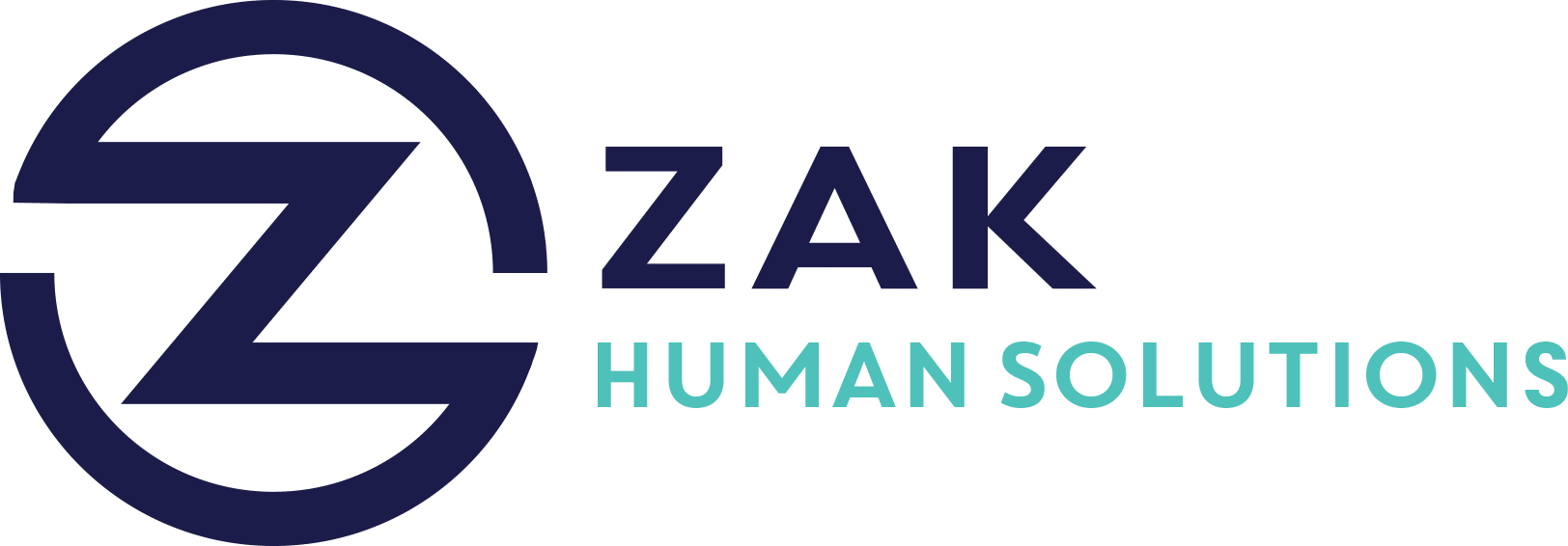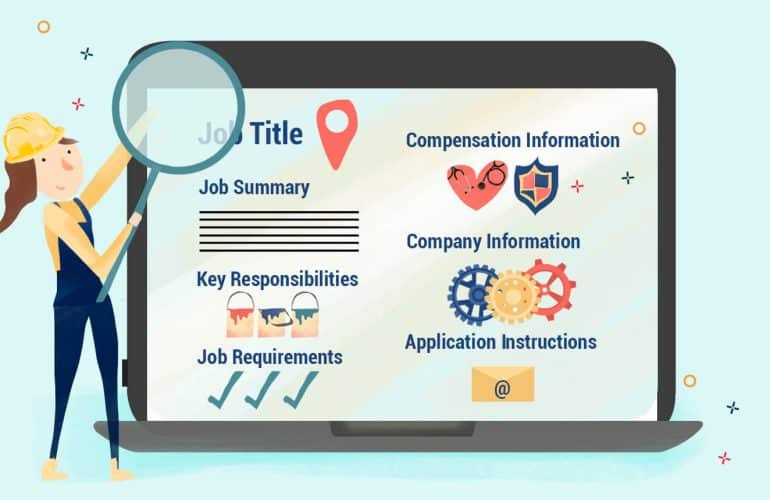Key Takeaways
- Reflective listening helps to decode employee feedback into actionable insights.
- Exit interviews unveil critical patterns that can inform organizational changes.
- Continuous feedback loops facilitate alignment of HR initiatives with employee needs.
- Sharing results enhances trust and closes gaps between management and employees.
- “Ask Us Anything” sessions provide a platform for transparent dialogue between leadership and staff.
- Proactive measures in addressing concerns can significantly lower employee turnover rates.
- Career development opportunities improve retention and employee satisfaction.
- Collective feedback translates into a responsive workplace culture encouraging employee engagement.
- Data-driven approaches uncover systemic issues hindering employee retention efforts.
- Multi-source feedback strategies help in identifying broader trends in employee satisfaction.
In today’s competitive job market, retaining talent is as crucial as acquiring it. Human Resource leaders are increasingly relying on innovative methods to decode employee feedback and transform insights into actionable strategies. This blog post delves into the importance of reflective listening, the role of exit interviews, and the power of continuous feedback loops in creating a responsive and engaging workplace culture.
Understanding Reflective Listening in HR
Reflective listening is a powerful tool in HR practices that goes beyond hearing words. It involves understanding and interpreting employee feedback to create meaningful change. By actively engaging with feedback, HR leaders can decode sentiments and craft action plans that address deeper organizational concerns.
Benefits of Reflective Listening:
- Transforms Feedback into Insights: Reflective listening deciphers employee sentiments, turning feedback into insights that drive actionable strategies.
- Enhances Engagement: When employees feel their voices are heard, engagement and satisfaction levels tend to rise.
- Builds Trust: Demonstrating that feedback leads to tangible changes fosters trust between employees and management.
The Impact of Exit Interviews
Exit interviews are often overlooked, yet they hold a treasure trove of insights that can inform organizational improvements. When conducted effectively, exit interviews unveil critical patterns and reasons behind employee turnover, offering valuable lessons for retention strategies.
Key Benefits:
- Uncover Patterns: Exit interviews help identify trends in why employees leave, allowing HR to address underlying issues.
- Inform Policy Changes: Insights from exit interviews can prompt adjustments in company policies to better align with employee needs.
- Enhance Retention Strategies: By understanding why employees leave, organizations can develop targeted strategies to improve retention.
Leveraging Continuous Feedback Loops
A continuous feedback loop is essential in aligning HR initiatives with employee needs. It ensures that feedback is not only collected but also acted upon regularly, creating a culture of responsiveness and continuous improvement.
Implementation Steps:
- Regular Check-ins: Schedule regular one-on-one meetings to gather ongoing feedback from employees.
- Feedback Channels: Establish multiple channels (surveys, digital tools) for employees to provide feedback conveniently.
- Actionable Insights: Analyze feedback to identify actionable insights and communicate changes made as a result of employee input.
Creating Open Dialogue through “Ask Us Anything” Sessions
“Ask Us Anything” sessions provide a platform for transparent communication between leadership and employees. These sessions encourage open dialogue, allowing employees to express concerns and ask questions directly to decision-makers.
Benefits:
- Fosters Transparency: These sessions break down communication barriers and promote a culture of transparency.
- Enhances Trust: By addressing concerns publicly, leadership can build trust and demonstrate commitment to employee well-being.
- Drives Engagement: Open dialogue can lead to more engaged and motivated employees.
Data-Driven Approaches to Address Systemic Issues
Using data-driven approaches helps HR leaders to uncover systemic issues that may hinder employee satisfaction and retention. By leveraging data from various sources, HR can develop targeted strategies that address root causes rather than symptoms.
Creating a Responsive Workplace Culture
In conclusion, effective use of employee feedback is crucial to developing a responsive workplace culture. By implementing reflective listening, conducting insightful exit interviews, and fostering continuous feedback loops, organizations can proactively address concerns, enhance engagement, and improve retention rates.




